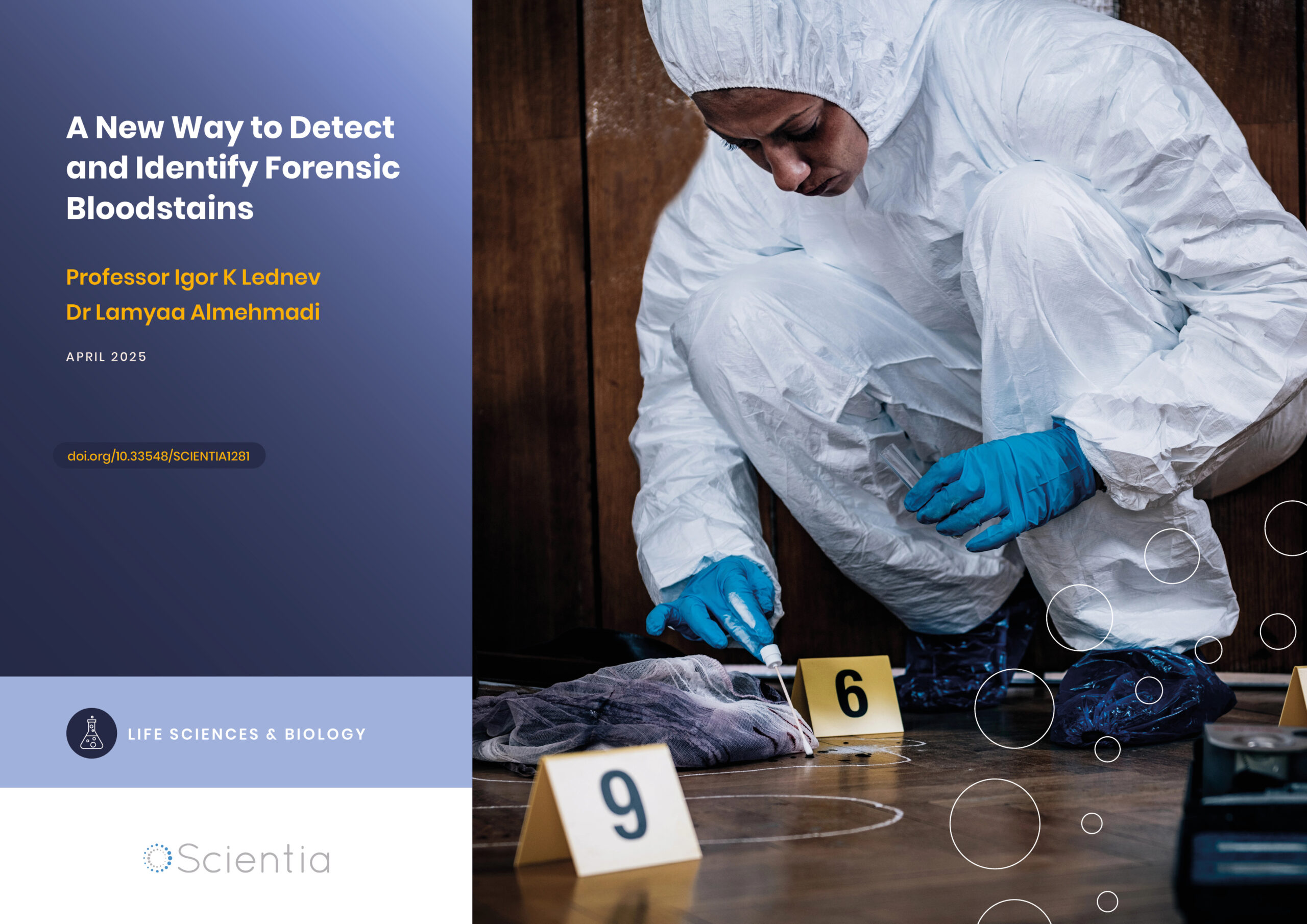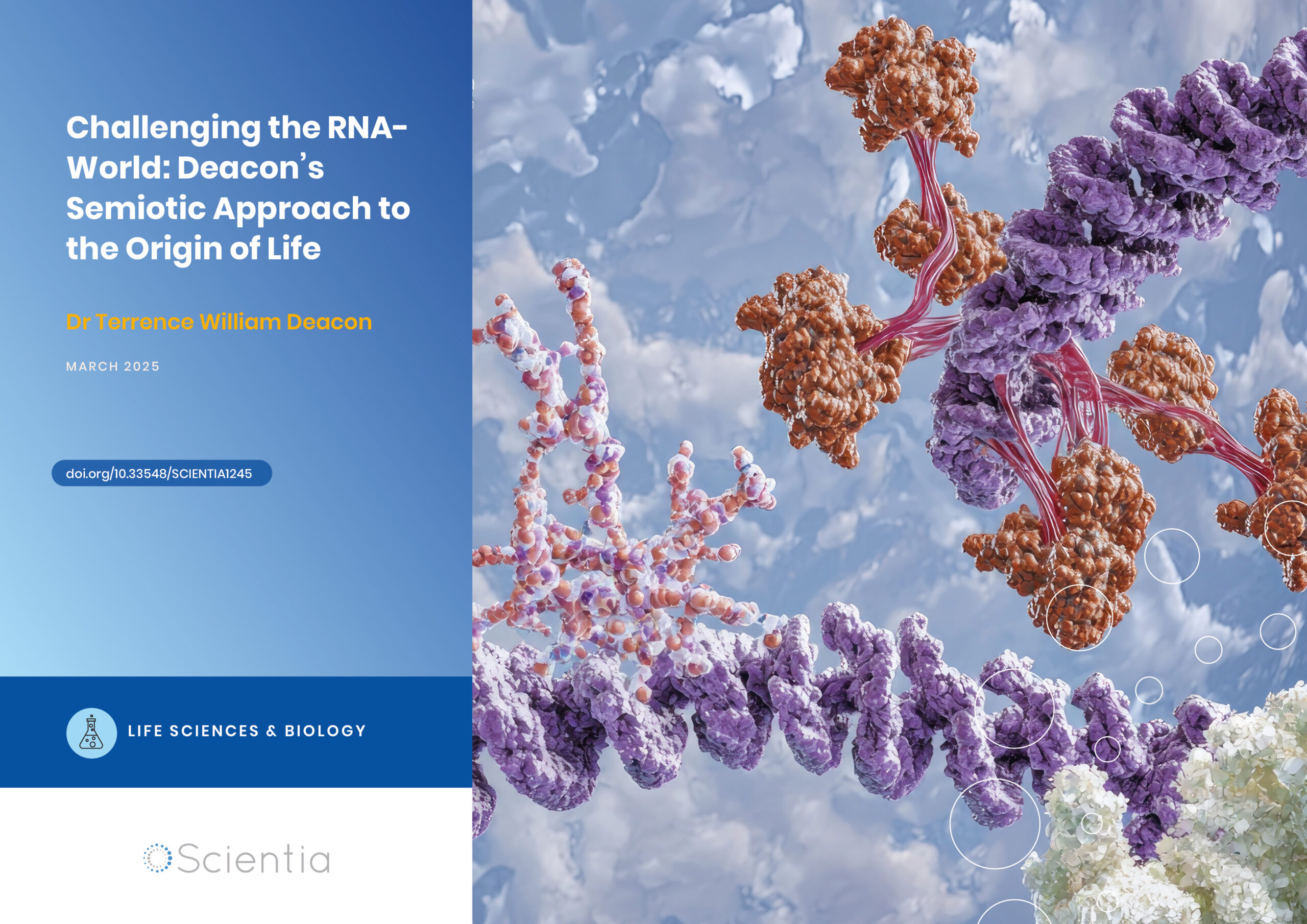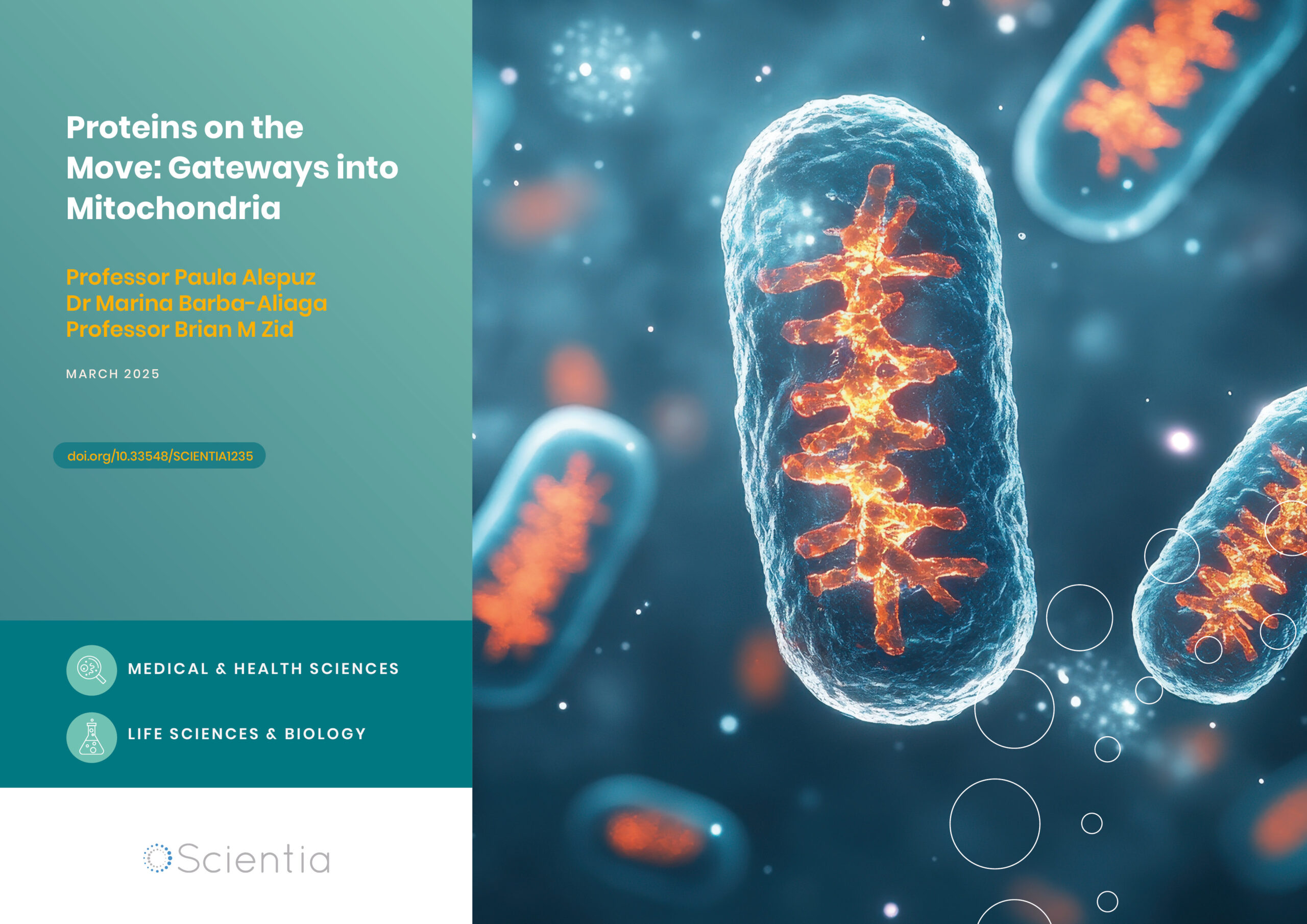Dr Wolfgang Quapp – Professor Josep Maria Bofill | Shaping Reactions: The Exciting World of Mechanochemistry and Molecular Interactions
Dr Wolfgang Quapp and Professor Dr Josep Maria Bofill from the University of Leipzig and Universitat de Barcelona, respectively, are leading voices in the newly emerged sector of mechanochemistry. Their fascinating work reveals how external forces can manipulate molecular behaviour and influence chemical reactions.
The Intersection of Chemistry and Mechanics
In chemistry, traditional research is focused on the transformation of substances through reactions facilitated by chemical catalysts, temperature changes, or alterations in environmental conditions. However, the field of mechanochemistry introduces a different perspective, emphasising the role of mechanical forces in driving chemical reactions.
Mechanochemistry explores the intersection where chemistry and mechanics converge, providing insights into how mechanical energy can initiate or alter chemical reactions. This discipline impacts various fields, including materials science, pharmaceutical development, and nanotechnology. For instance, by understanding how mechanical stress can influence the stability of a compound, scientists can design more durable materials or even develop drugs that become active only when reaching specific physical conditions in the body, such as high pressure in arterial plaques or mechanical stress in the digestive tract.
Between Newton and Lavoisier: Mechanochemistry
The concept of the potential energy surface (PES) is crucial to the field of mechanochemistry, mapping the energy changes that occur with the rearrangement of the atomic positions in a molecule. Normally visualised as a landscape of hills and valleys, each point on this surface represents a possible state of the system with a specific energy level. Chemical reactions are traditionally understood as pathways that molecules travel over this landscape, driven by energy changes, seeking the path of least resistance from reactants to products. With the introduction of an external force, this landscape can be deformed by it, lowering hills (energy barriers) or raising valleys (stable states), effectively altering the course of chemical pathways and potentially leading to new chemical reactions that are unattainable through conventional means.
Consider this example – the synthesis of co-crystals requires mixing compounds that wouldn’t readily mix under standard conditions. The traditional method involves supplying a lot of energy by providing extreme temperatures or dissolving the compounds in a common solvent. However, a mechanochemistry-based approach proposes to grind together the two compounds in a mill, creating local high-energy conditions where the bonds are created, saving enormous amounts of energy.
Bringing New Theoretical Depth
This theoretical approach is relatively new, and the research by Dr Wolfgang Quapp of the University of Leipzig and Professor Dr Josep Maria Bofill of Universitat de Barcelona brings theoretical depth to this field. New models are introduced to study how these external forces deform the PES and attempt to predict the new paths that molecules might follow under different stress conditions.
The primary focus of their collaboration is to investigate how external mechanical forces can manipulate the potential energy surfaces of molecular systems. Dr Quapp, equipped with an extensive knowledge of mathematical methods in theoretical chemistry, brings a rigorous quantitative approach to the partnership, while Professor Bofill contributes his significant experience in computational chemistry, especially in developing new algorithms for electronic structure calculations.

Potential energy surface with two minima and a saddle point. Blue curves are the Newton trajectories to the given directions (red arrows). Green shows the important barrier breakdown points.
Newton Trajectories and Beyond
In their paper ‘Toward a theory of mechanochemistry: simple models from the very beginnings’, Dr Quapp and Professor Bofill explore the application of Newton trajectories. These are paths, where everywhere on the curve we find a fixed direction of the gradient of the PES. The Newton trajectories allow investigation of the minimum energy levels required for chemical reactions to occur. Typically, chemical reactions occur when the energy within a system reaches a point that allows molecules to overcome natural barriers – think of it as a ball needing enough energy to roll over a hill. The researchers have shown that applying mechanical forces can effectively lower these hills, making it easier for reactions to occur that would otherwise require higher temperatures or pressures.
However, their findings go beyond the theory of Newton trajectories – indeed, their studies have revealed that mechanical forces can actually create entirely new pathways for chemical reactions. For instance, in their experiments with molecules made of a small number of atoms, they demonstrated that applying pulling forces could change the arrangement of these atoms. Intriguingly, this alteration opens up new reaction channels that were not accessible before the force was applied.
Another significant contribution is their exploration of force-displaced stationary points. In the landscape of potential energy surfaces that chemists use to visualise molecular energy states, these points mark where molecules normally rest without external interference – like a ball sitting at the bottom of a valley. Dr Quapp and Professor Bofill found that mechanical stress will move these resting points, akin to shifting the bottom of the valley. This shift can make molecules more or less stable and can significantly affect how they react to further changes in their environment.
Understanding these shifts is crucial for designing materials that can endure mechanical stress without breaking down since these are going to be subject to external forces that may change their robustness. Another potential application would be using the shift as a trigger, for instance, by creating drugs that activate under specific mechanical conditions, such as when they reach a particular part of the gastrointestinal tract.
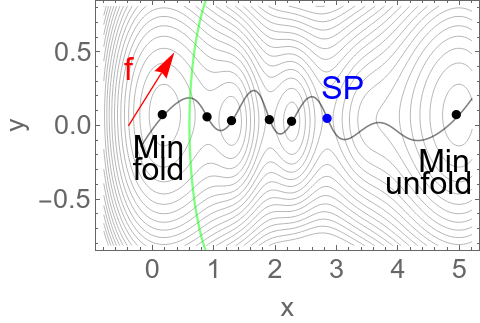
Potential energy surface section of a small hairpin with two minima and many saddle points. The black curve is the Newton trajectory to the given direction, the red arrow.
Real-world Relevance
The work by Dr Quapp and Professor Bofill is not just rich in theoretical foundation but grounded in reality with many practical examples of fruitful applications of their framework. For instance, they explored the mechanochemical unfolding of a model hairpin structure, focusing on how external forces applied to the hairpin could initiate a shift from a folded to an unfolded state. By applying controlled mechanical forces, the researchers were able to observe the step-by-step unfolding of the hairpin, marking each transition from a stable state to a less stable one as the external force increased. The humble hairpin, a simple representation of larger biological structures found in proteins and nucleic acids, serves as an ideal model for studying fundamental mechanochemical processes.
Another example is their work on the manipulation of catch bonds of molecules. Dr Quapp and Professor Bofill were able to demonstrate that it’s possible to construct a potential energy surface to understand catch bonds which are strengthening under force. This capability opens up new pathways for chemical reactions that could not be achieved under standard conditions. For example, by altering the angle between atoms in a molecule, new reactive sites could be exposed, or old ones closed off, leading to the formation of new products or preventing undesirable reactions.
Mechanochemistry is not just about pushing molecules around: it could rewrite the rulebook on how force can sculpt molecular landscapes, ushering in a new era of material and pharmaceutical innovations and, quite literally, shaping the future!
SHARE
DOWNLOAD E-BOOK
REFERENCE
https://doi.org/10.33548/SCIENTIA1073
MEET THE RESEARCHERS
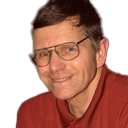
Dr Wolfgang Quapp
Leipzig University
Leipzig
Germany
Dr Wolfgang Quapp, a researcher in theoretical chemistry, specialises in mathematical methods applied to quantum chemistry and molecular physics. His work predominantly focuses on the study of potential energy surfaces and the mathematical challenges inherent in their high-dimensional nature. Dr Quapp’s career at Leipzig University spanned from 1973 to 2012, during which he made important contributions to the understanding of Newton trajectories in chemical processes.
CONTACT
W: https://www.mathematik.uni-leipzig.de/MI/quapp/

Professor Dr Josep Maria Bofill
Universitat de Barcelona
Barcelona
Spain
Professor Josep Maria Bofill, a researcher in theoretical chemistry, specialises in algorithms and models applied to computational chemistry and molecular physics. His work predominantly focuses on the study of potential energy surfaces, quantum chemistry and molecular electronic structure. Professor Bofill’s career at Universitat de Barcelona spanned from 1984 until the present, during which he made important contributions to the location of transition states, reaction path models, quantum chemistry, molecular electronic structure, and mechanochemistry.
CONTACT
W: https://www.iqtc.ub.edu/staff/bofill-villa-josep-maria/
KEY COLLABORATORS
Professor Dr Dietmar Heidrich, Universität Leipzig, Dr. Michael Hirsch, Universität Leipzig
Professor Dr Manfred Winnewisser and Dr Brenda Winnewisser, Universität Gießen
Professor Dr Ibério de PR Moreira, Universitat de Barcelona
Professor Dr Jordi Ribas-Ariño, Universitat de Barcelona
Dr Guillem Albareda Piquer, Ideaded SL Barcelona
FUNDING
Dr Quapp’s research has been supported by Leipzig University, along with various scientific collaborations and guest research positions in institutions including VIK Dubna, University Leningrad and Universität Gießen.
Professor Bofill’s research has been supported by the Spanish Ministerio de Ciencia, Innovación y Universidades, Project No.: CEX2021-001202-M and Agència de Gestió d’Ajuts Universitaris i de Recerca of Generalitat de Catalunya, Project No.: 2021SGR00354.
FURTHER READING
W Quapp, JM Bofill, Theory and Examples of Catch Bonds, The Journal of Physical Chemistry B, 2024, 128(17), 4097–4110. DOI: https://doi.org/10.1021/acs.jpcb.4c00468
W Quapp, JM Bofill, J Ribas-Ariño, Towards a Theory of Mechanochemistry: Simple Models from the Early Beginnings, International Journal of Quantum Chemistry, 2018, 118, e25775. DOI: https://doi.org/10.1002/qua.25775
W Quapp, M Hirsch, O Imig, D Heidrich, Searching for saddle points of potential energy surfaces by following a reduced gradient, Journal of Computational Chemistry, 1998, 19(9), 1087–1100. DOI: https://doi.org/10.1002/(SICI)1096-987X(19980715)19:9%3C1087::AID-JCC9%3E3.0.CO;2-M


REPUBLISH OUR ARTICLES
We encourage all formats of sharing and republishing of our articles. Whether you want to host on your website, publication or blog, we welcome this. Find out more
Creative Commons Licence (CC BY 4.0)
This work is licensed under a Creative Commons Attribution 4.0 International License. 
What does this mean?
Share: You can copy and redistribute the material in any medium or format
Adapt: You can change, and build upon the material for any purpose, even commercially.
Credit: You must give appropriate credit, provide a link to the license, and indicate if changes were made.
SUBSCRIBE NOW
Follow Us
MORE ARTICLES YOU MAY LIKE
A New Way to Detect and Identify Forensic Bloodstains
Accurately identifying bodily fluids at crime scenes is vital to aid forensic examinations and obtain information for use in criminal proceedings. However, collecting viable material for analysis can be challenging, especially if samples are difficult to access or the amount is minute. Dr Lamyaa Almehmadi and Professor Igor K Lednev at the University at Albany, State University of New York, USA, have introduced a new technique to assist in analysing bloodstains for forensic examination without compromising sample integrity.
Training Deep Learning AI to Predict microRNA-Gene Interactions
Non-coding microRNAs (miRNAs) have important regulatory functions but are also implicated in various diseases. Mr Seung-won Yoon, PhD candidate at Chungnam National University, Republic of Korea, is training deep learning AI models to predict miRNA-gene associations. His research has implications for understanding disease pathogenesis, particularly cancer, and repurposing drugs for untreatable diseases.
Dr Terrence Deacon | Challenging the RNA-World: Deacon’s Semiotic Approach to the Origin of Life
Challenging the established RNA-World Model, Dr Terrence Deacon of the University of California, Berkeley, provides an exciting new approach to understanding biological processes and the emergence of information in biological systems.
Proteins on the Move: Gateways into Mitochondria
Eukaryotic translation initiation factor 5A (eIF5A) is an essential translation factor found in nearly all living organisms. It helps ribosomes, the molecular machines that build proteins, in translating proteins containing specific amino acids. The lack of eIF5A is related to various diseases as well as ageing. Although eIF5A is known to be essential for mitochondrial function, the specific mechanism linking them has not yet been described. Professor Paula Alepuz and former PhD student Marina Barba-Aliaga (University of Valencia) work with Professor Brian M Zid (University of California San Diego) to investigate the fascinating world of eIF5A activity and its connection to mitochondria.


